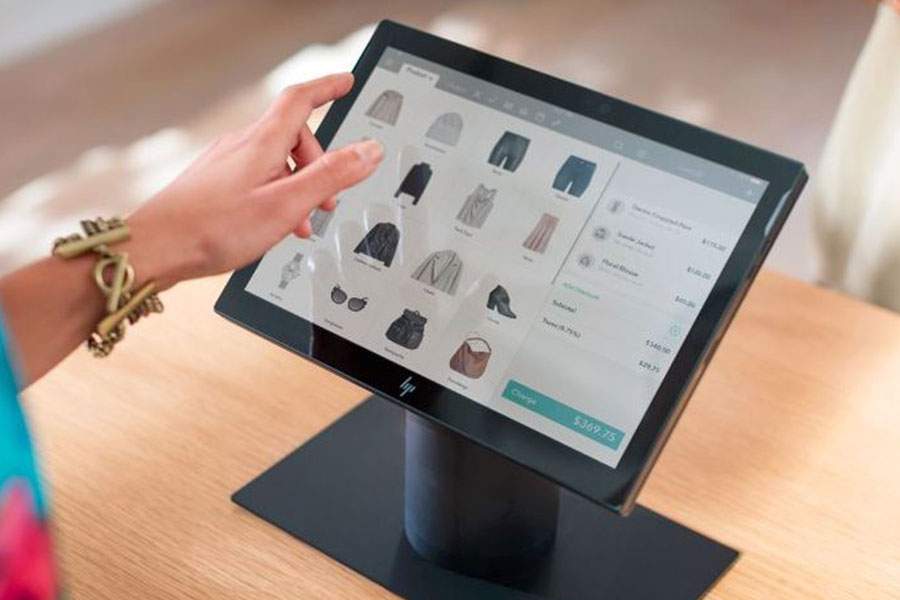What is a POS System?
The POS system acts as the central point for all transactions within most businesses. It consists of software and hardware. Additional peripherals include receipt printers, scanners and credit card machines. Usually, the retail point of sale software system is operated at the checkout by a cashier.
All data is stored securely in the cloud. It protects your data from being stolen or destroyed and allows you to access it anywhere. This data is what enables your POS system’s ten functions.
Inventory Management Features
Businesses must carry more than one product. If you don’t manage your inventory well, problems can arise.
Understocks can mean that customers won’t access the products they desire. Overstocks can lead to a crowded stock room and a reduced cash flow. Poor inventory management can lead to theft and another shrinkage.
A robust inventory system can automate ordering, manage vendor relations and notify stock issues. No more spreadsheets or tedious manual entries. You can keep track of your products by scanning them into a central database using your POS system.
Product Performance Reports
If your company has extensive inventories, it is essential to know how valuable your products are. Detailed product reports can identify these key performance indicators (KPIs):
-Best and worst sellers
-Margins
-Time
-Season
-Shelving
-Pricing
-Promotional period
Businesses can create custom KPIs to track their performance better using accurate data and not just hunches.
Discounts and Promotions
Modern POS systems make it easy to set promotional pricing, time-sensitive discounts, bundled deals, etc. It allows you to measure the success of each campaign. All pricing changes are reflected within POS reporting so that sales and inventory data are accurate.
Scalability
A POS system can scale up and develop new locations or franchises. It is easy to transfer product data when a store grows. While it is essential to have visibility into the performance of each store, it is equally essential that all data be kept under one umbrella.
Permissions and Staff Reports
Employee performance is just as important as product performance. Reports from employees can be used to break downshifts in many ways.
-Total sales
-Sales per hour
Conversion rates
-Commission due
Comps and –Voids
Refunds and Returns
It is difficult for businesses to establish a return policy. A business must reflect its return policy in its POS system when it decides to do so. Products returns must reflect in the POS system. It doesn’t matter if it’s a credit, payment, exchange or payment; it must be processed quickly and accurately.
Payment Options
Integrate credit card machines in your POS system. You don’t have to put cash in the drawer to make payments. You have many payment options. Even swiping credit transactions are no longer possible. To protect against chargebacks, instead offer contactless and EMV machines. Some POS systems integrate with third-party processors, while others offer payment processing. It would be best if you looked for options that offer you choices.
Customer Support
A POS system cannot be complete without excellent training and support. It would be best to look for solutions that provide a demo or free trial. You should ensure that the company offers training and assistance in installing the product so that your store is ready for customers and staff.
Hopefully, this will give you a good base for your POS system shopping. It’s not an easy task. Take a look at the following list to determine which items are most important to your business. Learn about the capabilities of a POS system and then go into the process of knowing what you want.



